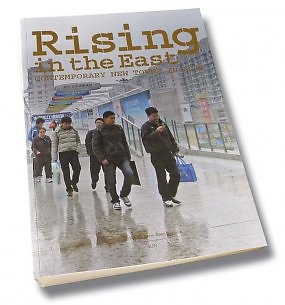This book aims to answer two main questions:
1. Do the New Towns of the 21st Century resemble those of the 20th Century? In light of the extremely diverse conditions under which these New Towns are being built across the continent, this book also questions whether something of the 20th century modernist New Town traditions can possibly remain. With new planning rules, a new socio-political context and new goals, can we still interpret the New Towns, which at first sight look so much like their modernist predecessors, as heirs to the altruistic intentions and social-democratic ambitions of the 20th century New Towns, or are the contemporary Asian New Towns an entirely new urban phenomenon?
2. Are these New Towns the appropriate answer to questions of urbanization, sustainability and livability? An even more urgent question is whether these New Towns constitute an appropriate solution to the diverse concerns brought about by supercharged urbanization and economic growth. In Rising in the East, the criticism is specifically focused towards the heavily top-down implementation and planning processes used to construct these New Towns and the often unsustainable manner in which they are executed, even if they are supposed to be Eco-Cities. In many cases, an autocratic government speeds along the planning of New Towns, shuffling populations from increasingly dense downtowns, and often displacing the previous inhabitants without reimbursement.
To summarize: This book aims to illustrate both the opportunities and challenges that present themselves in contemporary Asian New Town planning. In doing so, Rising in the East presents a relatively immediate account of the current urbanization processes that are transforming the Asian continent. As a key part of this development, New Towns have their own sometimes tragic, sometimes spectacular stories to tell. Their histories reveal the drama behind the mundane rows of cookie-cutter housing blocks. While globalization continues to blur regional differences, it becomes imperative to ask: what can we learn from these new New Towns?
